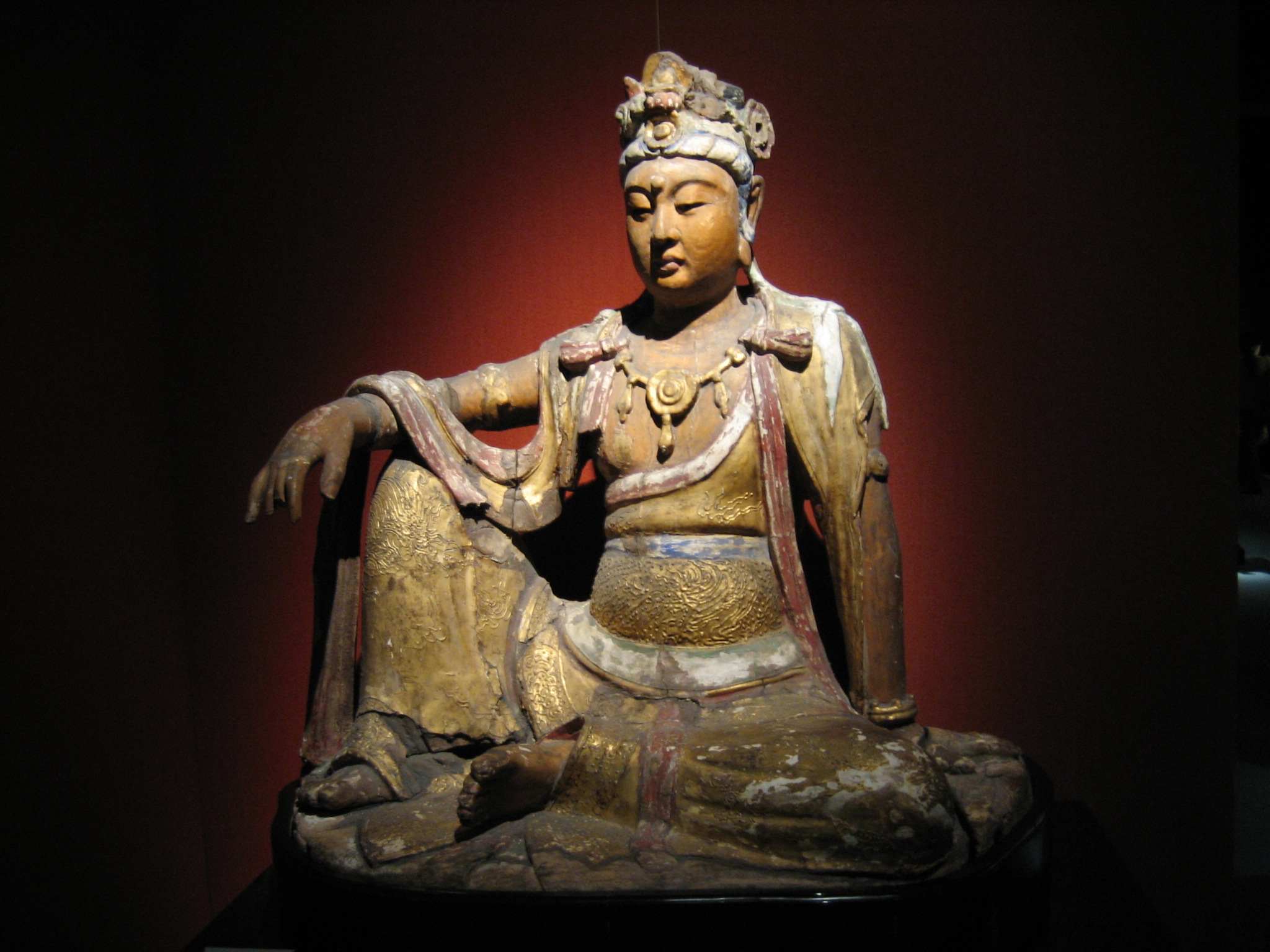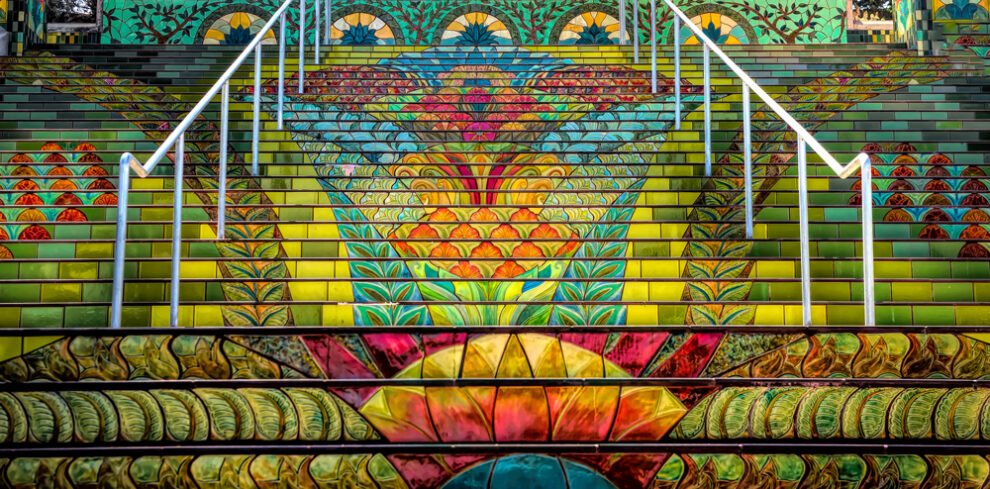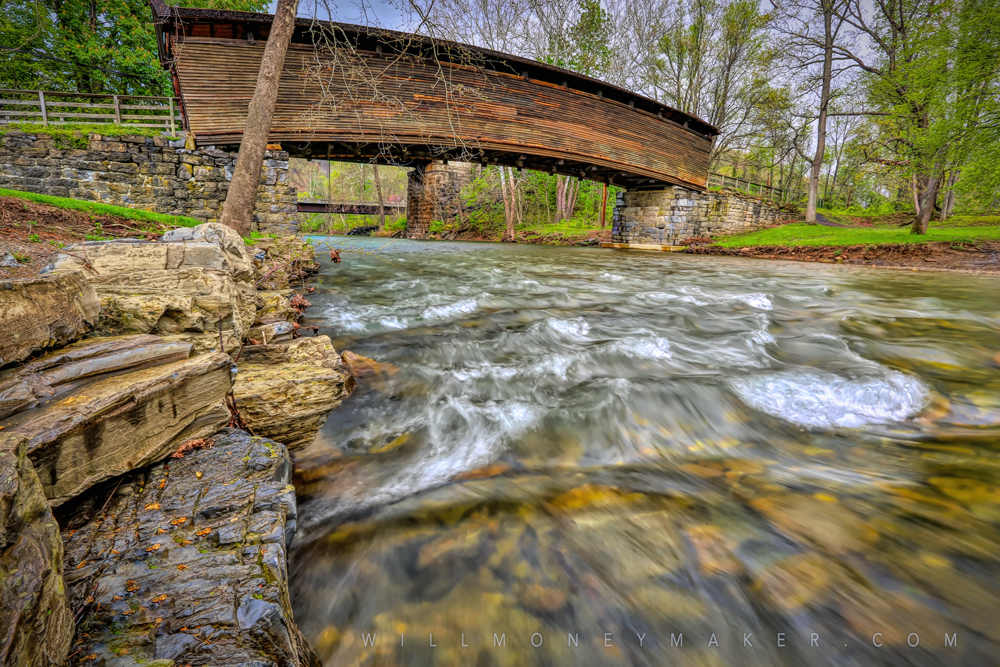When it comes to learning more about photography, the common wisdom is not only to take more photographs but also to read about photography, to take photography classes and workshops, to speak with other photographers. And all of these things are great ways to learn—necessary, in fact. But there’s a whole other world of art out there, some art forms far older than photography, and they each have their own wealth of knowledge that we can draw from to build our own skills. So let’s take a look at some of these art forms and also, some of the reasons why they are valuable avenues of study for photographers.
Oil Paintings and Light

Oil paintings are a particularly interesting area of study because of the steady progression of the use of lighting that you can see throughout historical works. For the most part, when you look at older oil paintings—those that are centuries old or more—the lighting within them often looks flat, or perhaps not as shaded as they could be. But through the centuries, the more paintings you look at, the more you begin to see that in each successive generation, the lighting becomes more advanced. Shadows and bright spots become more prominent in newer paintings, and things like directional lighting begin to feature in even newer works. These are all additive things, techniques that painters learned and developed over centuries and began applying to their own work. As a photographer, this makes for a fascinating study in the types of lighting we can use, and most of all, what different kinds of lighting can do for our images.
Sculpture and Form

In sculpture, there is yet more learning and inspiration that we can draw from. One of the primary things we can learn from sculpture is form. Sculptures of people, for instance. Older works, such as Egyptian sculptures, were often posed standing straight, but over time, these works evolved. In the Roman and Renaissance ages, sculptures of people gained much more dynamism. They were most often posed interestingly, articles of clothing draped about them not so much as a covering but as an accent to the work. Just in looking at these relics, we can learn much about what it means to make compositions interesting, be they of people or of something else.
Another, lesser remembered facet to sculpture is texture. Sculptures in marble tend to be smooth, while wood carvings can be anything from smooth to rustic and weathered. Some stone carvings are rough, and others, like glass sculptures, are not only smooth but glossy. Mixed media sculptures are where things become particularly interesting for photographers. It’s not that our finished prints have much of a texture to them, but the things we include in our frames do each have their own unique textures. By examining the textures of various sculptures, we can learn how to mix and combine contrasting textures in our own images.
Japanese Edo Period Paintings and Style

This one might seem a bit odd, but there is an interesting thing to be taken from the work of Japanese painters in the Edo period, and that would be style. Hokusai is one great artist from that time, and to look at his works, you’ll notice they’re very highly stylized. Compare his paintings with the works of others from the same period and you’ll see much the same—each painter had a unique style. It was almost like a signature. By looking at these paintings, you could nearly tell who had painted it just on style alone. And, of course, some of these artists even varied their styles based on the project.
I think that’s an important point to ponder because style is one of those things that isn’t always talked about, yet it’s perhaps one of the most vital components to our work. After all, each of our own unique styles is what makes our art distinguishable from the work of others. It’s what makes our work different and interesting.
Film and Composition
Film, too, is another field of art worth studying. In newer movies or in older movies, particularly action films, but across all genres, composition is a tool that is wielded strongly in order to make scenes more dramatic. You’ll notice different things like the Rule of Thirds being employed, and you’ll also see how objects are placed very carefully through each scene to lead the viewer’s eyes through the scenes.
One of the most important and interesting things to be gained from film is perspective. Sometimes, the camera shoots over the actor’s shoulder so that we can see what he or she is seeing. Sometimes, the cameras take a top-down view, which is less intimate but lets us take in a broad field of action. Once in awhile, cameramen get down low to make characters or objects loom in the frame. Both of these things—composition and perspective—are two things best learned through looking at the work of others, then trying the techniques for yourself. And within the realm of film, there is virtually no end to wonderful examples of both composition and perspective.
And here again, in film, we can learn about lighting, especially with regards to mood. You’ll notice often that sad scenes are darker, and the existing light has a certain wan quality to it, but happy moments are often shot with golden lighting. Entire movies have been made using lighting of particular color temperatures just to lend that essential sense of mood to the entirety of the film. This is an important thing to learn about because, in the still image, the color of light works exactly the same way. There are, of course, hundreds of more art forms to look into. The beauty is, each has something unique to contribute, something that you can take away and apply to your own art. When you’re studying and improving your skills, remember that such a study doesn’t have to be limited to just photographic works, not when there is a whole wide world of art out there!






